Gear Guide: KC Dalager of Now, Now’s Quest for Thick Rhythms
From the first time she picked up a guitar, KC Dalager of Minneapolis indie rock duo Now, Now wanted to write her own music. As she taught herself the instrument, she developed her own style of playing and adopted a EAC#EBE as her personal standardized tuning. “I had never played guitar before, and I didn’t have the patience to look up the chords. I wanted to be able to write instantly, and I realized with that tuning I could do almost anything,” she says.
By 2003, Dalager had co-founded Now, Now (originally called Now, Now Every Children) with her high school classmate, drummer Bradley Hale. Since then, the group has released two full-length albums, a handful of EPs, and has become a familiar presence on the touring circuit and even late night TV (most recently with an appearance on Last Call with Carson Daly). They released a new single, “SGL,” in May.
Over their career, Now, Now’s lineup has changed several times, but whether playing primarily as a duo, a trio, or any other incarnation, Dalager’s thick guitar rhythms have always been there there to fill out their sound (her keyboards make a big impact, too!). Naturally, her choice of gear was reflected both that penchant for volume and fluctuating number of bandmates to create it.
“Early on, I didn’t understand how to accomplish what I wanted with the amps and pedals I was using, but my goal has always been a little bit the same in terms of the guitar parts I write; I like thicker rhythms,” she says. As Now, Now gears up to release a new full-length album in 2018, Dalager says that element hasn’t changed. “With the new stuff, I have explored a more lead guitar, which I haven’t messed with much before, but it’s always been heavier, thicker rhythm guitar.”
Though she occasionally wonders how different her writing would be if she had classical training, Dalager takes pride in knowing her unconventional approach to playing has helped them forge their unique sounds and textures. “One thing that’s been important to me in terms of playing guitar is to accept that I don’t play guitar like everyone else does and to not feel bad about that,” she says. “There were times where I’d feel, “Wow, I don’t know shit about any of this.” But the things I do know, like I have a good grasp of tone. That’s what matters most to me in listening to something. I haven’t mastered it, but I feel like I’m getting better at the things I’ve set out to get better at.”
Check out some of Dalager’s favorite guitars and guitar gear below. “SGL” is out now.
Fender Telecaster Thinline: I don’t know what it was, but something happened where it sounds completely different from any other model of that one that I’ve played. I don’t know if it’s the wiring—it doesn’t make sense, but it sounds different than any other Thinline I’ve played. I picked it up and it felt like magic.
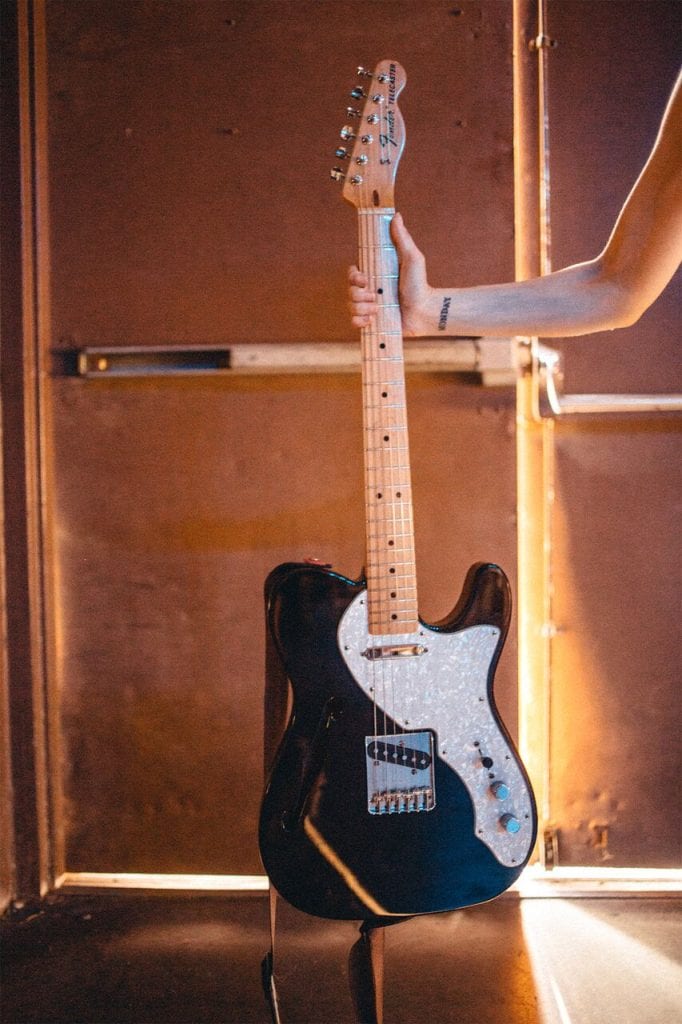
Fender Bassman ’67: That’s nice for that thicker, fuller sound that I really like. I bought that at the same time I bought the Thinline. That combination put me over the edge. It feels almost backwards to have those things paired together. I feel very emotionally attached to that guitar and that amp. I’m trying to not tour with that amp anymore because it gets a little more beat up each time, so I can be like “you can just hang out at home with me and I’ll write with you.”
Little Martin: This is pretty much my favorite thing to play with when I’m at home.
Gretsch Root Series G9210: This and the Little Martin have been my main writing guitars. I have them both sitting next to my bed so I can pick them up at any moment of the day. If I can’t fall asleep I’ll stay up and write. I discovered it at the same guitar shop as my Fender Thinline.

Ernie Ball Super Slinkys: For the thinline and my other electric [a standard Telecaster] I use these. They are thicker than the usual gauge. I use the thicker strings because it gives you a thicker sound. It’s a little heavier, so it beefs up the sound compared to the thinner strings, which do sound a little brighter. This is going for depth, in combination with the Thinline and Bassman.
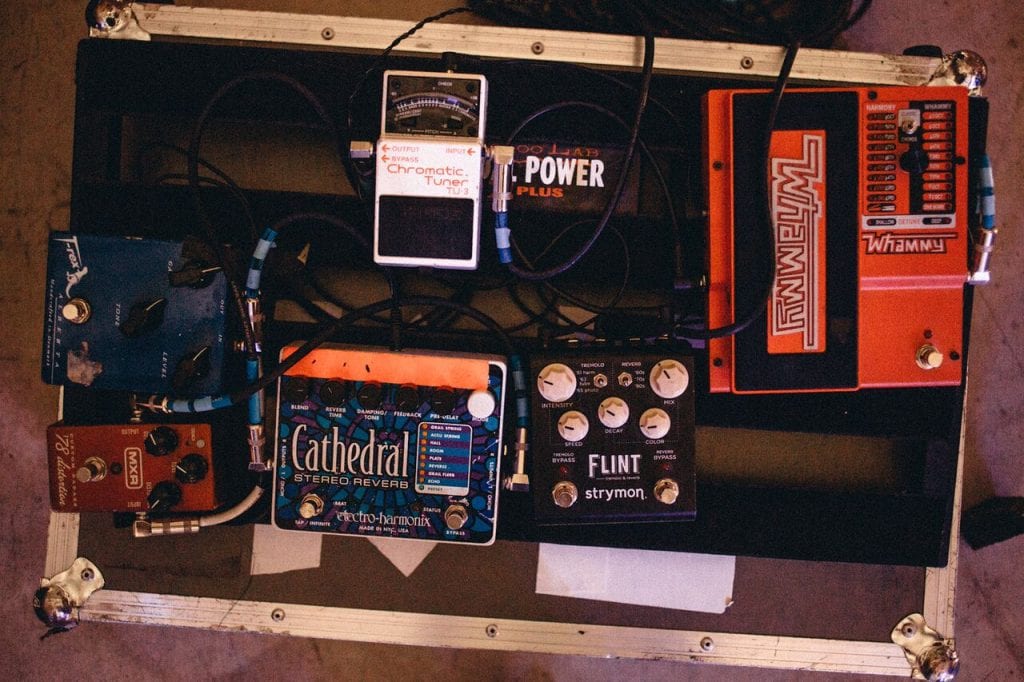
Electro-Harmonix Cathedral, T-Rex Alberta Overdrive, MPX Custom Badass Distortion Pedal: The MPX sounds so massive, it’s crazy. I haven’t tried it in any other context, but it works so well with my setup it’s insane. These are my three go-to pedals live, and I’ve also been using my Whammy pedal on the chorus. We’ve used some chorus plug ins and filters on ProTools for the new songs, but pretty much everything went through my pedalboard.


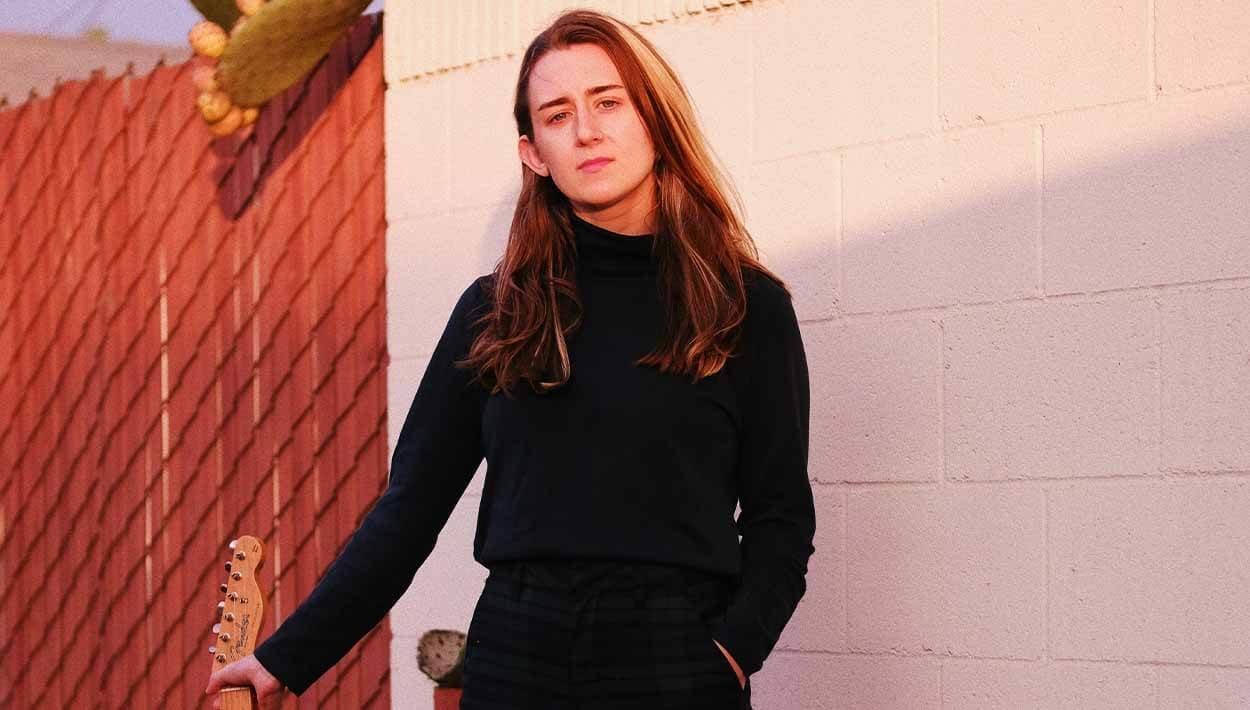
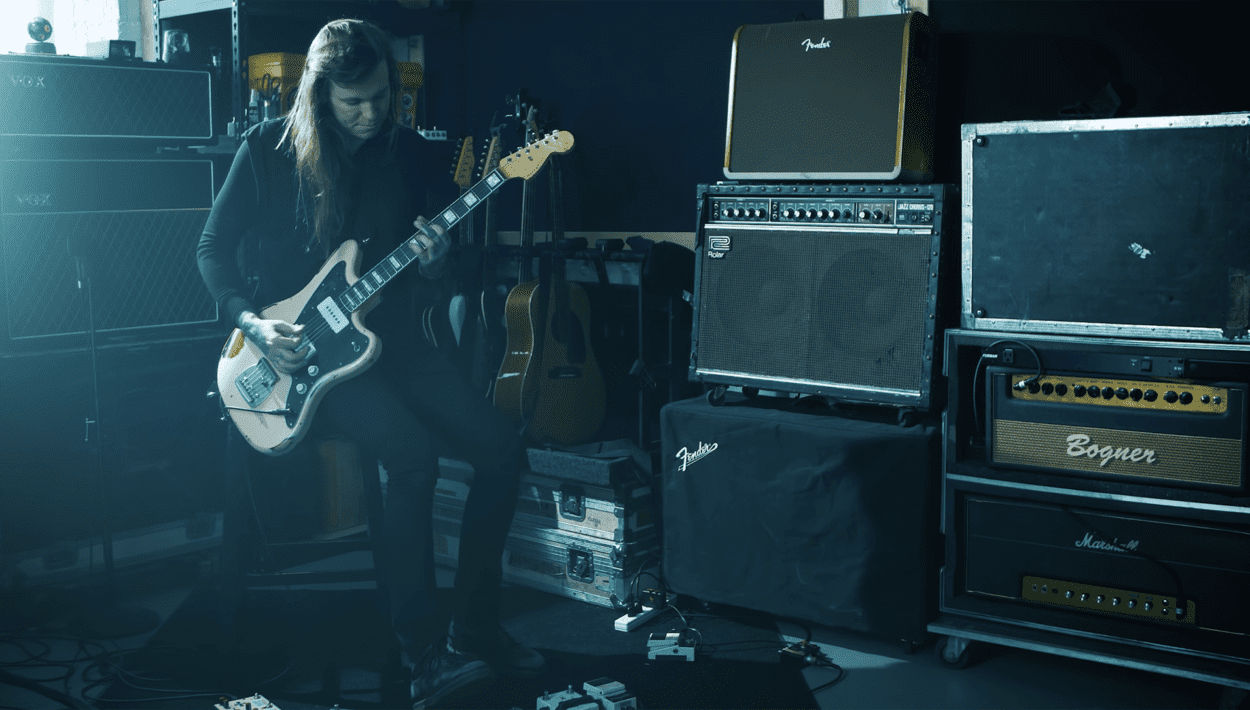


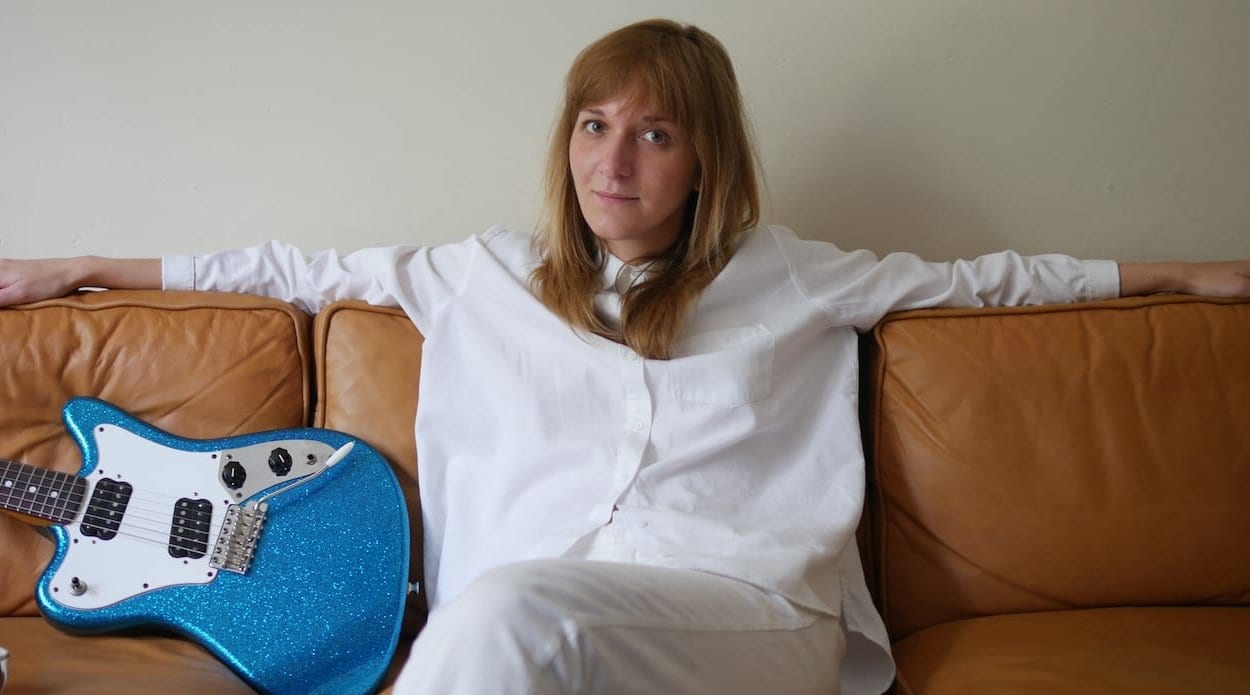
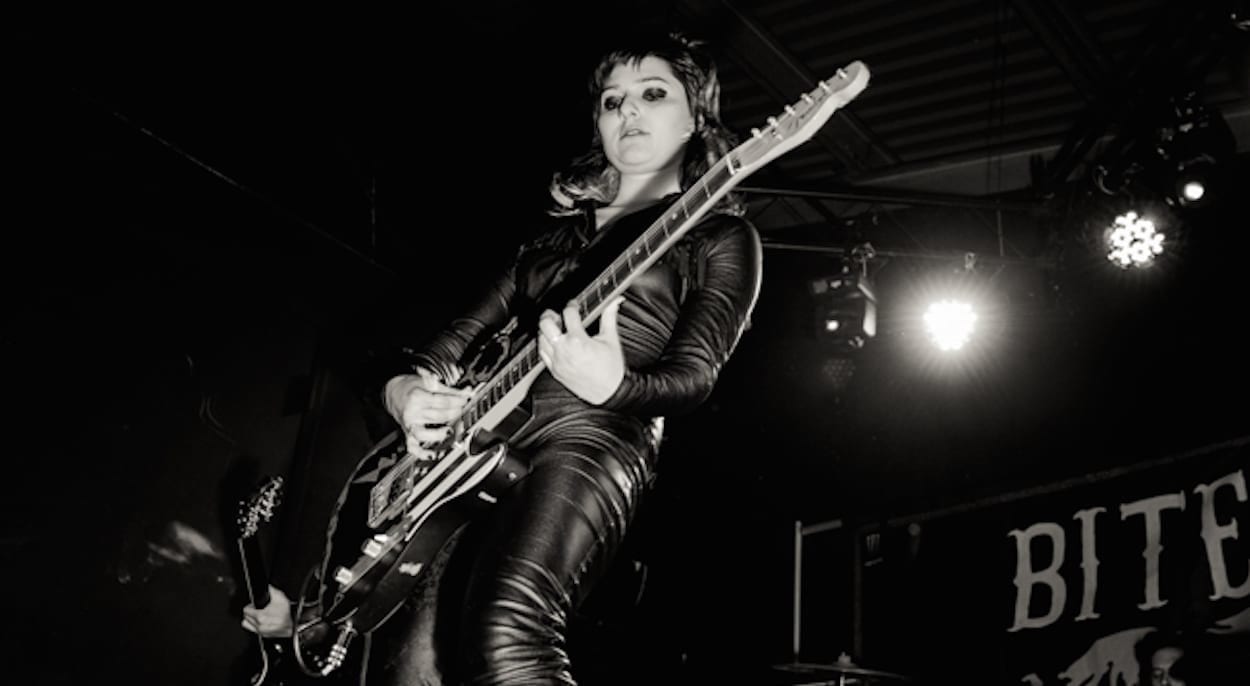

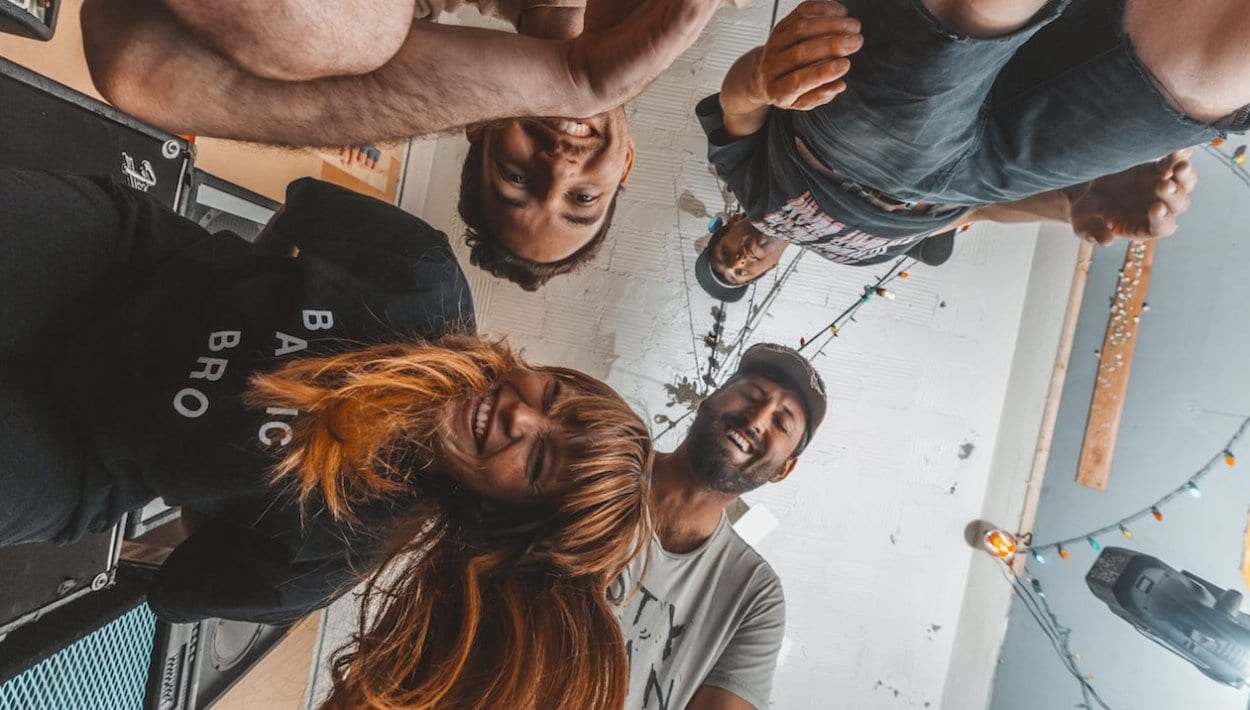




Comments
Contest
Comment by Alaina Bigelow on December 17, 2017 at 5:31 pmGimme some eqD
Comment by Mike Routon on December 17, 2017 at 7:11 pmSick looking stuff! ?????
Comment by Joe Nelson on December 18, 2017 at 9:10 pmIts nice to share this post. we here to play free games euchre card game in without any charge and no need to account login.
Comment by Vivek Jazz on March 27, 2018 at 3:47 amGreat this article is very helpful. Thank you for the valuable information.
Comment by mishra on May 7, 2018 at 10:14 pmVisit This Site
this is a great website with great info
insta download
Comment by insta download on June 29, 2018 at 3:09 amI enjoyed reading your articles. This is truly a great experience for me.
Comment by facebook video downloader on September 13, 2018 at 2:42 amfacebook video downloader
A great information you have shared keep it up also try this website download instagram video
Comment by Download instagram videos on September 13, 2018 at 5:28 amdownload facebook videos
Thank you for sharing such a useful Information.
Comment by download facebook videos on October 1, 2018 at 7:09 amIt’s useful for everyone
very infromative data u have shared ,plz also visit this site for entertainment youtubevideos
Comment by youtubevideos on October 7, 2018 at 6:53 amthanks for the post..
Comment by purvi on January 16, 2020 at 1:34 aminstraffiter
The skin impurities sometimes are hard to withstand. Some of the products aren’t strong enough for a magnificent offering. Therefore it is confusing for an individual to grasp onto a suitable product for their unique skin type. The Cetaphil gentle clear acne mattifying moisturizer is specialized to treat impure acne and aids in providing nourished skin that is beautiful to look at in a mirror. The Cetaphil Gentle Clear Acne Mattifying moisturizer is formulated with essential ingredients that let you put your best face forward—fully moisturized and hydrated! So what are you waiting for? Get your hands on your favorite Cetaphil product exclusively at Beautyfly!
Comment by BeautyFly on March 15, 2022 at 2:03 amdownloadero is a free and online downloader tools that help you download any thing from instagram
Comment by downloadero on June 11, 2022 at 10:58 amInstagram Downloader
Hеllo, My website is the best google top search igram site please visit. thanks
Comment by Snapinsta Instagram Downloader on September 30, 2023 at 2:33 am